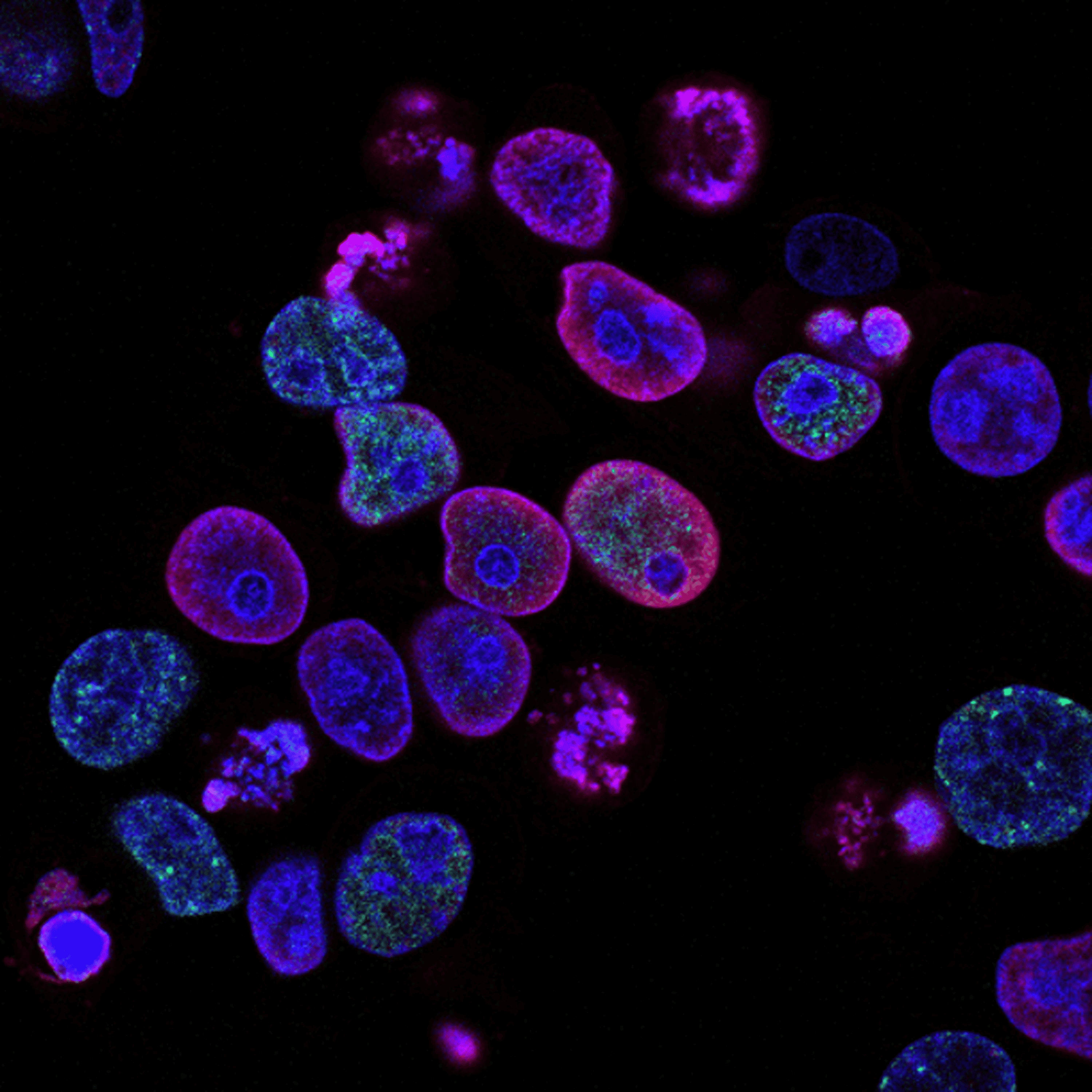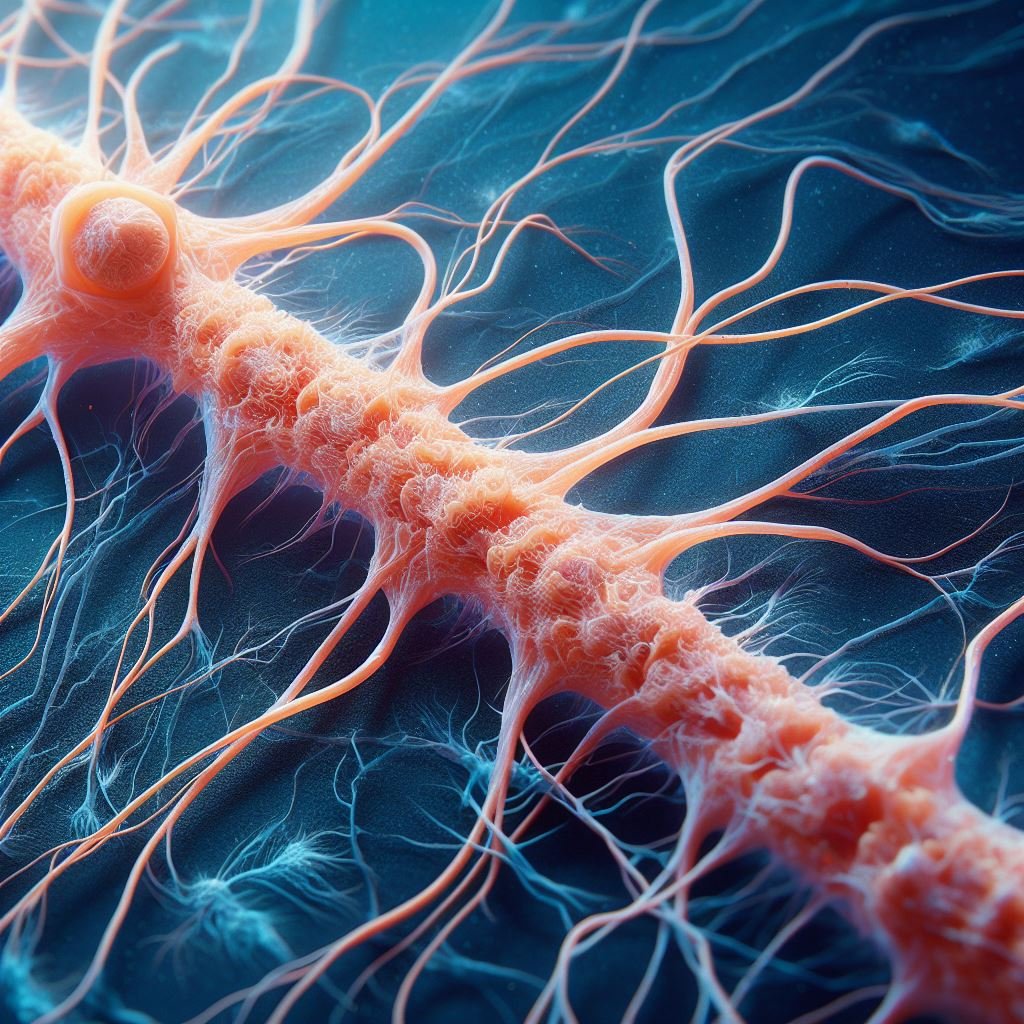
Researchers have developed an AI-driven method to identify new targets for human disease, including neurodegenerative conditions such as Alzheimer’s disease. The team, led by the University of Cambridge, presented an approach to identify therapeutic targets for human diseases associated with a phenomenon known as protein phase separation. This is a recently discovered phenomenon widely present in cells that drives a variety of important biological functions.
- A new AI-driven tool can identify new targets for human diseases.
- The discovery opens up new possibilities in drug discovery.
Protein phase separation at the wrong place or time could disrupt key cellular functions or create aggregates of molecules linked to neurodegenerative diseases. It is believed that poorly formed cellular condensates could contribute to cancers and might help explain the aging process.
New opportunities for drug discovery
The Cambridge researchers collaborated with generative artificial intelligence (AI)-driven drug discovery company Insilico Medicine. Together, they developed a method for finding new targets for drug discovery in diseases caused by dysregulation of the protein phase separation process. The team found that they could replicate disease characteristics in cells by controlling the behavior of these targets. Their results are reported in the Proceedings of the National Academy of Sciences (PNAS).
“The discovery of protein phase separation opens up new opportunities for drug discovery,” said Professor Michele Vendruscolo from Cambridge’s Yusuf Hamied Department of Chemistry, who led the research. “However, it has been unclear which proteins undergo this process and represent the best targets for effective pharmacological interventions.”

AI tools at work
In the study, researchers combined Insilico’s proprietary target identification engine PandaOmics with the FuzDrop method to identify disease-associated proteins prone to phase separation. PandaOmics is an AI-driven therapeutic target discovery tool that integrates multiple omics and text AI bioinformatics models to assess the potential of proteins as therapeutic targets.
FuzDrop is a tool introduced by the Cambridge team, which calculates the propensity of a protein to undergo spontaneous phase separation, aiding in identifying proteins prone to form liquid-liquid phase-separated condensates.
Using this approach, the researchers conducted a large-scale study of human sample data. Then, they quantified the relative impact of protein phase separation in regulating pathological processes associated with human disease. Next, they prioritized candidates with high PandaOmics and FuzDrop scores and generated a list of possible therapeutic targets for human diseases linked with protein phase separation.

Understanding the relationships between targets and diseases
The researchers validated the differential phase separation behaviors of three predicted Alzheimer’s disease targets (MARCKS, CAMKK2, and p62) in two cell models of Alzheimer’s disease. This provides experimental validation for the involvement of these predicted targets in Alzheimer’s disease and supports their potential as therapeutic targets. By modulating the formation and behavior of these condensates, it may be possible to develop new interventions to mitigate the pathological processes associated with Alzheimer’s disease.
“We are pleased to reach the milestones of our collaboration with the University of Cambridge,” said Frank Pun, PhD, head of Insilico Medicine Hongkong and co-author of the paper. “The study is intended to provide initial directions for targeting disease-associated proteins prone to phase separation. With ongoing technical advancements in studying the protein phase separation process and growing data about its roles in cellular function and dysfunction, it is now possible to comprehend the causal relationship between these targets and diseases. We anticipate facilitating the translation of this preclinical research into novel therapeutic interventions soon.”








